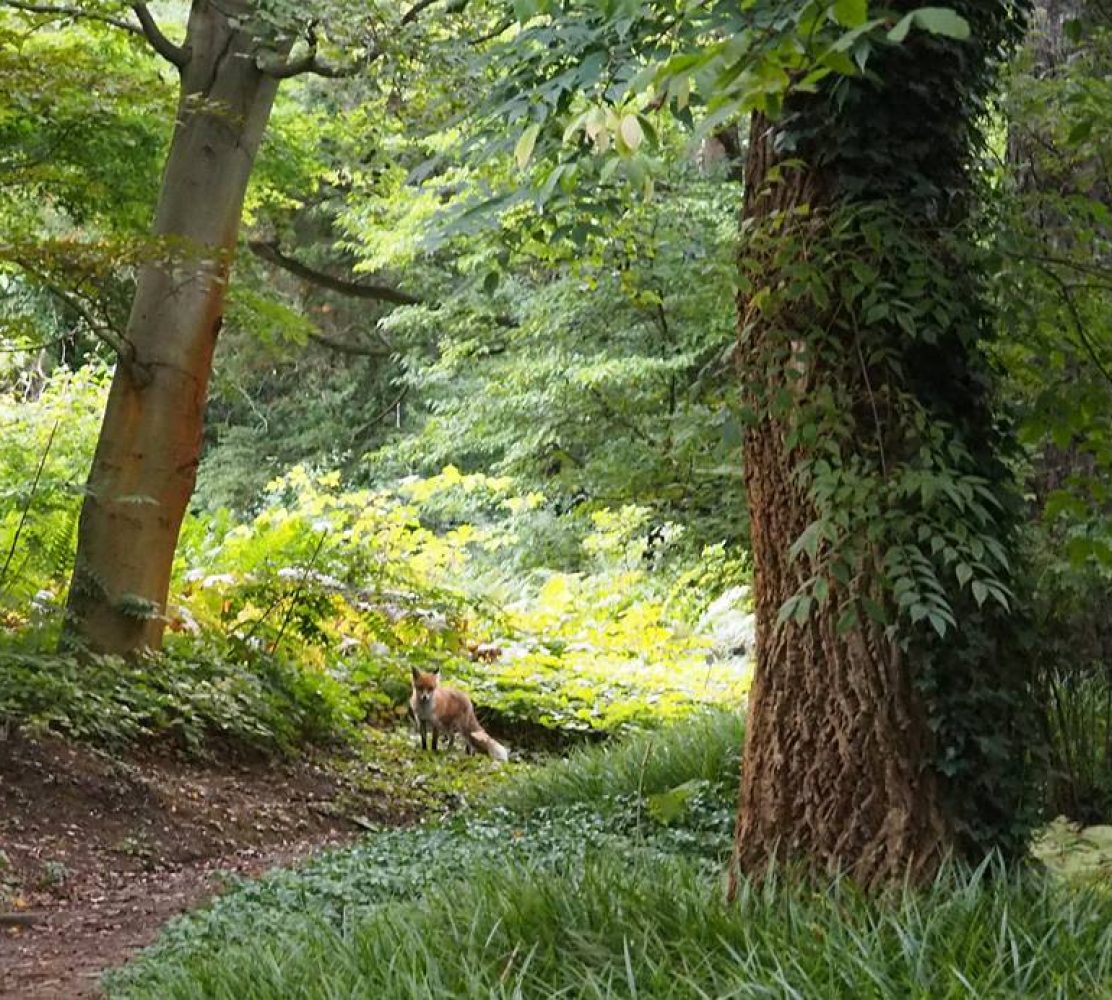
In January, following our tradition of exploring the hills, we set off for our first hiking outing in Lower Franconia, the region of Bavaria in which Würzburg is situated. A quick search on Komoot showed us that there are a lot of interesting hikes within about a 60-90 minutes radius of Würzburg. For our first trip, Kreuzberg got the nod because 1) it has a monastery with a brewery (Husband’s Choice) 2) it has the same name as a Berlin suburb and we were curious to see “the other Kreuzberg” and 3) it is the highest of the Rhön mountains (928m) in the Bavaria, and is known as “The Sacred Mountain of the Franconians”. Continue reading













































